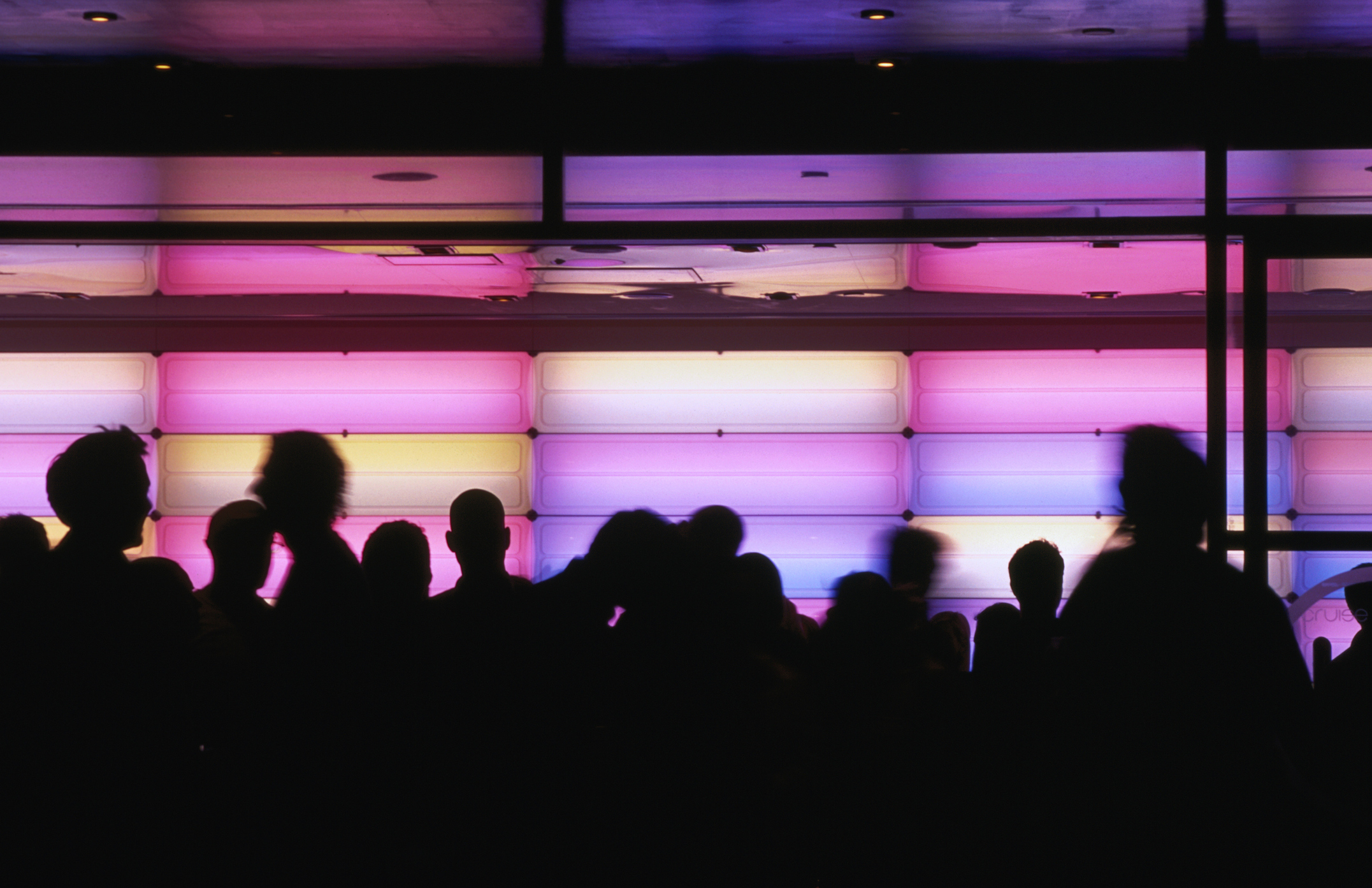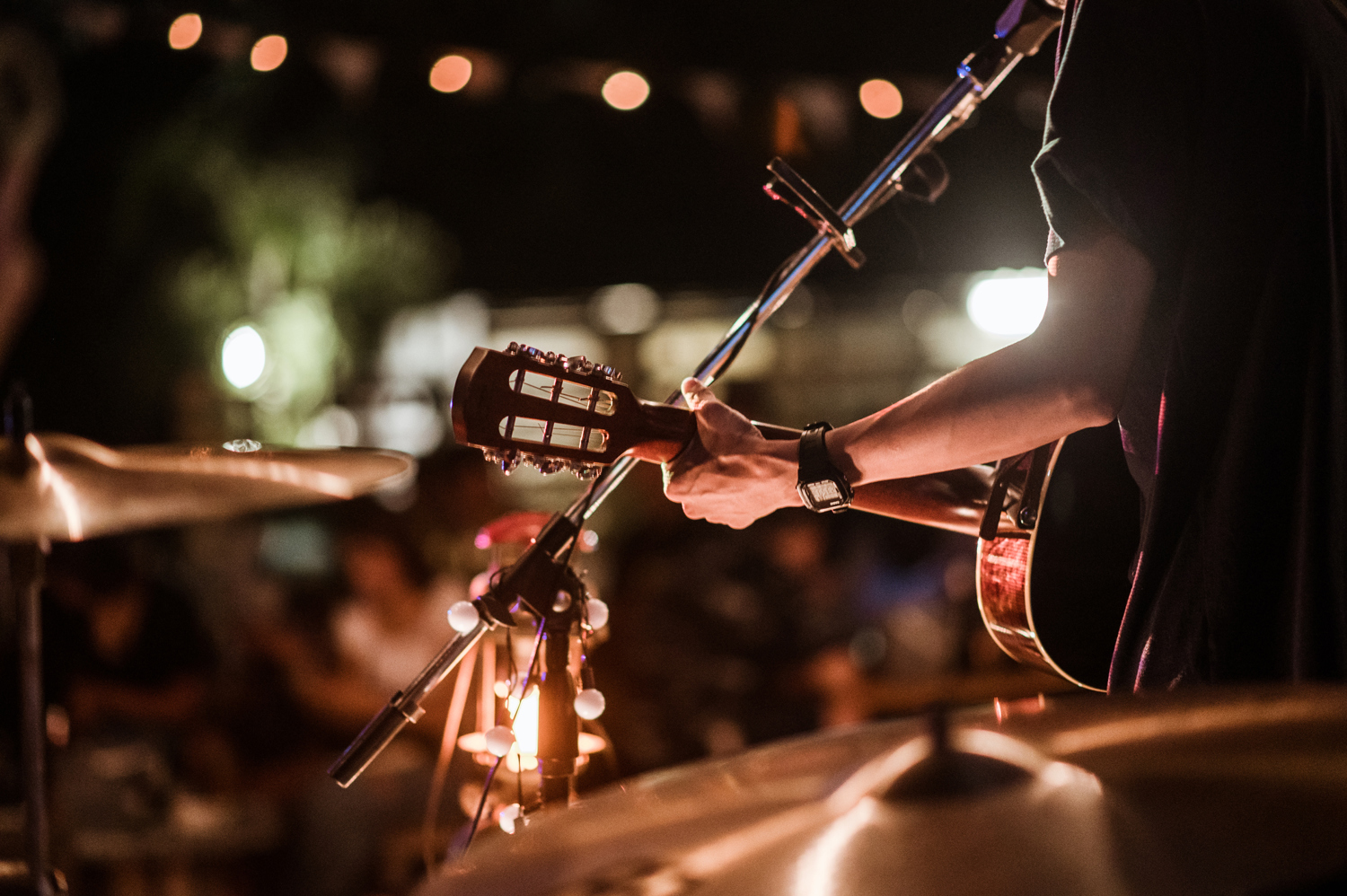A lack of transport, financial pressures and changes in consumer behaviour are some of the challenges facing the Sunshine Coast’s night-time economy according to new research from the University of the Sunshine Coast.
Lead author of the report Dr Lenny Vance said the survey of 10 representatives from the Sunshine Coast’s ‘night-time economy’ – including venue owners, musicians and peak body representatives – painted a trying picture for the sector.
“Cost of living is biting in multiple ways – not just consumer spending – but with operating and supply costs, and staff not being able to afford to live close to venues, making them harder to attract,” Dr Vance said.
“There are also distinct local issues. Some are cultural such as the coast's "sparrow lifestyle" (early to bed/early to rise) and changes in Gen Z behaviours. Others are external, such as the lack of public transport.”
Local businesses were initially optimistic about the prospect of a successful post-COVID return, but the reality has failed to match expectations – particularly in the live music sector – as evidenced by the closure of venues such as NightQuarter and Eleven Dive Bar in the past 13 months.
“Initially the outlook was positive coming out of COVID due to pent-up demand. But this appears to have been counteracted by those identified challenges, which has contributed to the closure of some venues,” Dr Vance said.
“There are some perceptions in the industry that ‘authorities’ are against live music and are stifling operators with licensing and noise complaints. This is not actually the case. The existing legislations, which are mostly state government-based, force a council to act if even a single community complaint is made. We need to review these legislative constraints.
“The Sunshine Coast Regional Council has actually included a thriving night-time economy as a key ingredient to the success of its economic and community development strategies.”
It’s not all doom and gloom. The report also identified success stories, such as Noosa Junction, which could provide a new model for the sector. Other recommendations include the establishment of mid-sized 2000-person capacity venue in Maroochydore and reworking existing industrial spaces.
“The Sunshine Coast is realistically a spread-out string of villages,” Dr Vance said.
“We are recommending local “hub” development that comprises multiple and diverse small food, beverage and leisure venues, like those that have been developed at Noosa Junction and Maleny Lane over the last five years.
“We need to stimulate the development and promotion of these local hubs, encourage their use, work across the industry to leverage the opportunities presented when major events are happening across the Coast and normalise this behaviour as we work towards the 2032 Olympics and Paralympics.”
UniSC researchers now seeking members of the public to share their thoughts on the Sunshine Coat’s nightlife. Click this link to take part in that survey and have your say.
Media enquiries: Please contact the Media Team media@usc.edu.au


